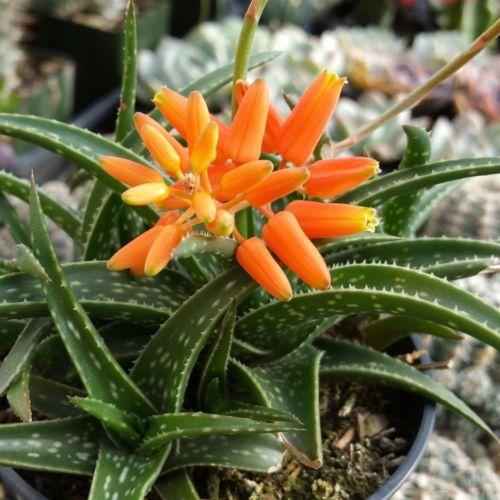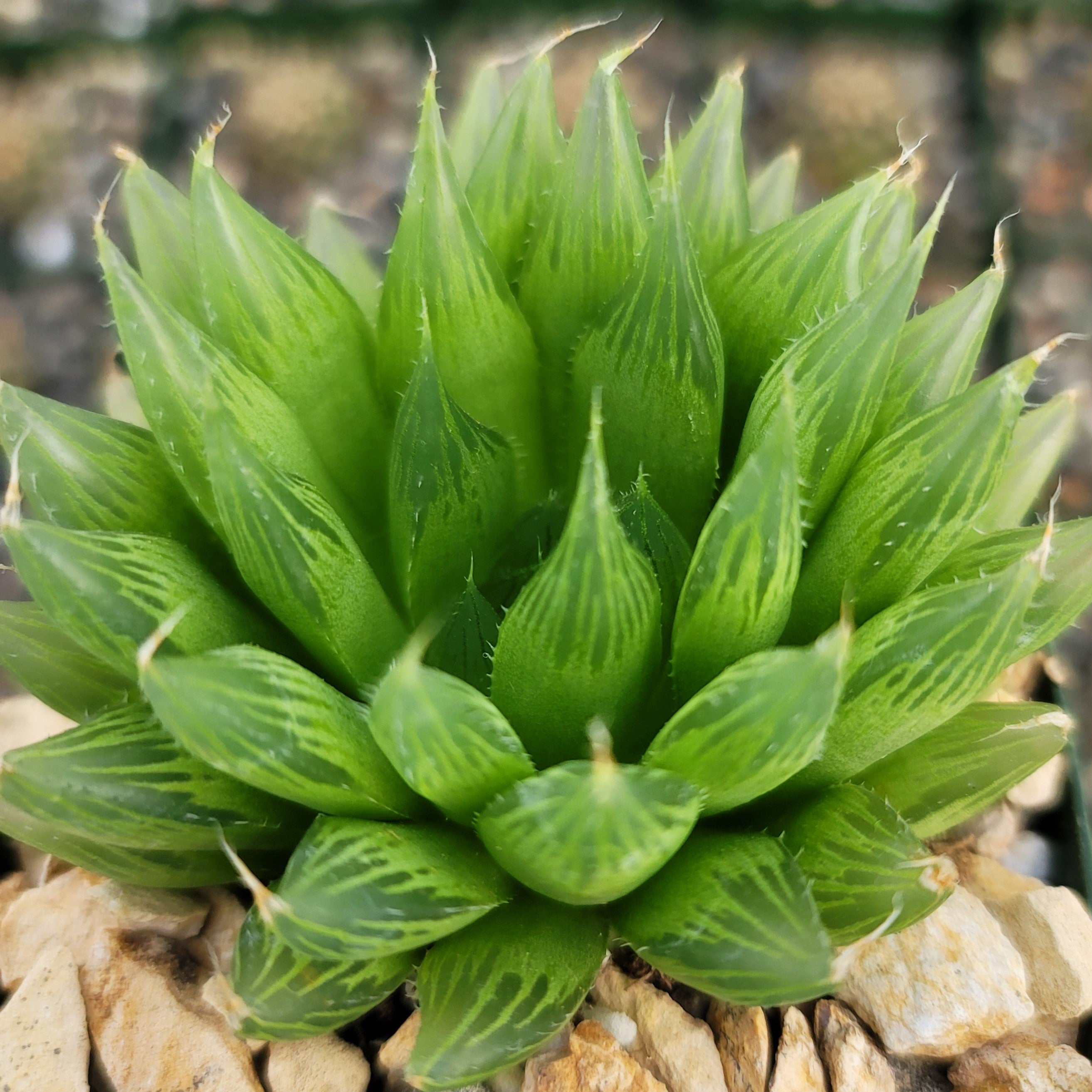How to Transplant Succulents
Updated: January 28, 2025

Sometimes succulents and cacti can be touchy, and when you’ve finally got one stable and growing, it’s a scary proposition to rip it out of the pot and replant it.
Don’t worry so much! Transplanting or repotting is not only harmless – it’s usually beneficial!
Why is transplanting helpful?
Just like people, plants like to freshen things up from time to time. Transplanting your plants into a new pot is one of the best ways to do it. Here are some advantages of transplanting regularly:
It’s an opportunity to gauge plant health.
Doing regular checkups on a plant’s wellbeing is important. Some problems aren’t immediately apparent without a close examination. Anything under the surface of the soil is totally impossible to check on without digging the plant out, and those illnesses tend to be some of the most dangerous for your plants.
When transplanting, rinse the soil off of the roots and look for any signs of pests or decay. Don’t be afraid to prune roots too – it’s helpful and encourages new growth.
You can refresh the soil.
Soil quality degrades over time for a variety of factors. The plant will slowly suck all of the nutrients out of the soil, naturally. Adding fertilizer will slow this process, but it won’t delay it forever and it can’t replenish soil fertility.
With repeated watering, soil tends to compact and harden. That reduces the amount of air that gets to the roots and makes it harder for new roots to grow. You can mitigate this somewhat by having lots of large particles like perlite in the mix (here’s our recommendation on soil), but compaction is inevitable.
Succulents and cacti need to be up-potted occasionally.
Plants grow, obviously, and they will eventually outgrow their pots if they are happy and healthy. If they stay in a pot that’s too small, the roots of the plant will have nowhere to grow and will turn in on themselves. The result is a root ball, which isn’t necessarily harmful, but it stunts further growth.
Newly-purchased plants sometimes need to be transplanted.
Depending on where you buy your succulents, they may come in suboptimal pots or no pot at all! If you get a plant from a big box store, for example, they come in flimsy little plastic pots. Plastic pots aren’t inherently bad, but it’s easier to keep succulents healthy in terracotta.
Another thing to note is that if you aren’t buying direct from a nursery that specializes in succulents and cacti (like us!), the soil mix is probably not ideal for succulents. It’s probably regular potting soil. You’ll want to replace it with a special cactus mix as soon as possible.
When is it time to transplant?
If you notice any soil problems or suspect root health issues, you should at the very least remove the succulent from the pot and replace all of the soil. Whether or not you want to transplant it into another pot is up to you, but chances are it’s a good time to think about moving up.
See, most succulents will need to be up-potted about once every 1 to 2 years. Not many of them grow fast, and it takes a while to fill out a pot. You know it’s the right time when the crown of the foliage (the widest part near the top) overlaps with the edges of the pot.
Then, you should transplant it up one size pot. If you don’t have consecutively sized pots (let’s be honest, we all have a mixed-and-matched collection), aim for a pot that is one or two inches in diameter wider than the succulent.
Cacti are another story. They don’t have foliage, per se, and many kinds (columnar cacti especially) don’t grow very wide. For them, you should consider weight distribution when deciding the appropriate time to transplant. If it’s beginning to get top-heavy, a bigger pot with more soil will weigh it down.
Keep in mind whenever you are transplanting – bigger is not always better. If you put a plant in a pot that is too large (twice their diameter or more) you can run into a couple problems.
- Plants tend to try to “fill out” their container. Instead of growing nice, pretty leaves it will devote most of its energy to spreading roots. This can last weeks or months if the pot is too large.
- The second problem is watering issues – more soil means you need more water, and when the roots haven’t proliferated throughout the pot, the soil will stay wet longer. That’s a recipe for root rot.
How to transplant succulents
The actual act of transplanting is quite easy, fortunately, since succulents and cacti are tough.
Gather materials
At minimum you will need new soil and another pot to stick the plant in. Emphasis on ‘new soil’ – reusing old soil is a good way to introduce pests and diseases to an otherwise healthy plant! Your new pot should also be a little bigger (unless you’re moving down from a pot that was too large).
Depending on the plant, you may also want to use some thornproof gardening gloves. Handling cacti can be pretty painful if you are not well prepared.
Remove the succulent
Grasp the succulent or cactus firmly by the base of the stem as close to the dirt as possible. Be sure you’re grabbing actual stem, not leaves. Jiggle it slightly, moving side-to-side until it starts to become loose from the soil.
If there’s no stem to grab, such as in the case of an Echeveria or a barrel cactus, just use a knife or a trowel to loosen the dirt around the edges of the pot and take the whole thing out.
Work the soil off of the roots by rubbing it gently between your fingers. You don’t have to get every last bit but there’s also no reason to leave it there. Use water to loosen it if necessary. It’s ok if some roots break off; they’ll regrow.
Transplanting the succulent
Fill the pot about 1/3 of the way with fresh soil. You can put a bit of window screen over the drainage hole if you’d like to keep the dirt from falling out, but it’s not necessary.
Place the succulent on top of the dirt then, while holding the plant in place, fill the pot up the rest of the way. The soil should come up to 1 or 2 centimeters beneath the rim. It’s important than none of the plant’s stem is beneath the soil – only roots.
Pack the soil down lightly to keep it in place. If it’s still falling over, use some chopsticks or skewers for support. You’ll be able to remove them later once the roots have grown in.
That’s all there is to it! We like to transplant around watering time so that we can “water in” the new plant. Water encourages root growth, so it helps to anchor the plant in its new home.
Do you have any questions about transplanting or repotting succulents? Let us know in the comments below!
























